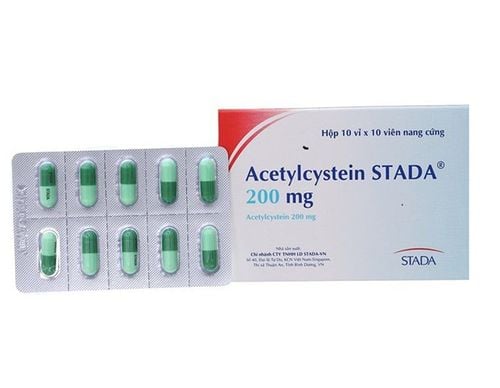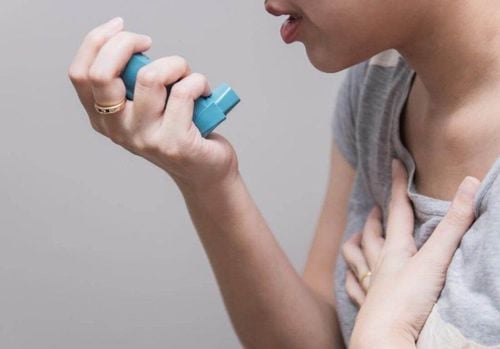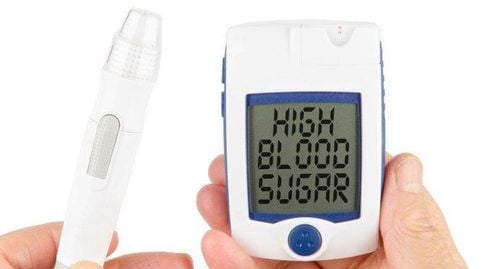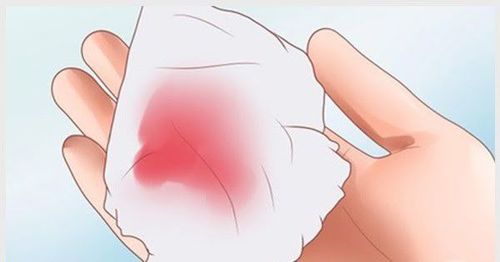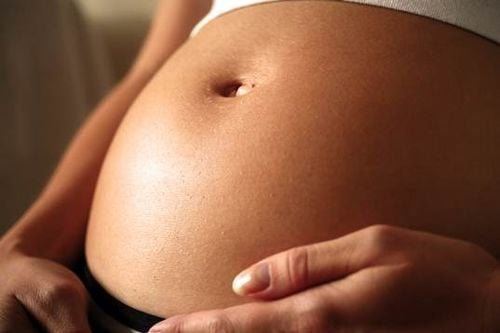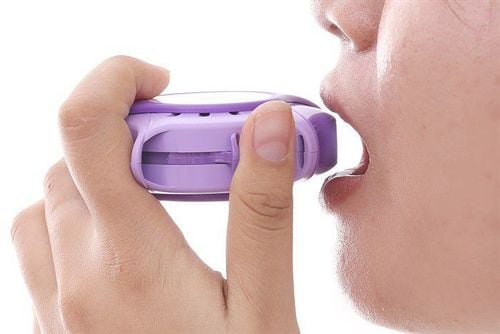This is an automatically translated article.
Asthma in children is a chronic inflammatory condition of the airways, accompanied by an increased response to stimuli and causing airway obstruction. To reduce inflammation and prevent symptoms, patients must take medication daily for long periods of time - known as prophylaxis.
1. Overview of bronchial asthma in children
Asthma is a chronic inflammatory disease of the airways, leading to airway obstruction with symptoms such as wheezing, shortness of breath, chest tightness and coughing. Cough usually occurs at night and in the morning, or after exertion. In addition to inflammation of the airways, this condition also causes an overreaction of the bronchi to irritants, causing recurrent asthma attacks. The pathological mechanism of bronchial asthma is:
Bronchitis: Occurs when an allergen enters the body, creating an allergic reaction, and at the same time, inflammatory cells release chemicals that mediate inflammation; Bronchial hyperreactivity: Occurs after the body is exposed to irritants (allergic or non-allergic), leading to bronchial smooth muscle spasm. To detect asthma in children early, parents should take their children to see a doctor as soon as they see the following symptoms:
Cough, especially at night, disrupting sleep; Coughing or wheezing after exercising, playing sports, running or jumping; Seasonal wheezing, when the weather changes; Cough, wheezing or difficulty breathing after contact with pollen, animal hair,...; If you have a cold that lasts more than 10 days, your symptoms will be relieved by taking a bronchodilator.
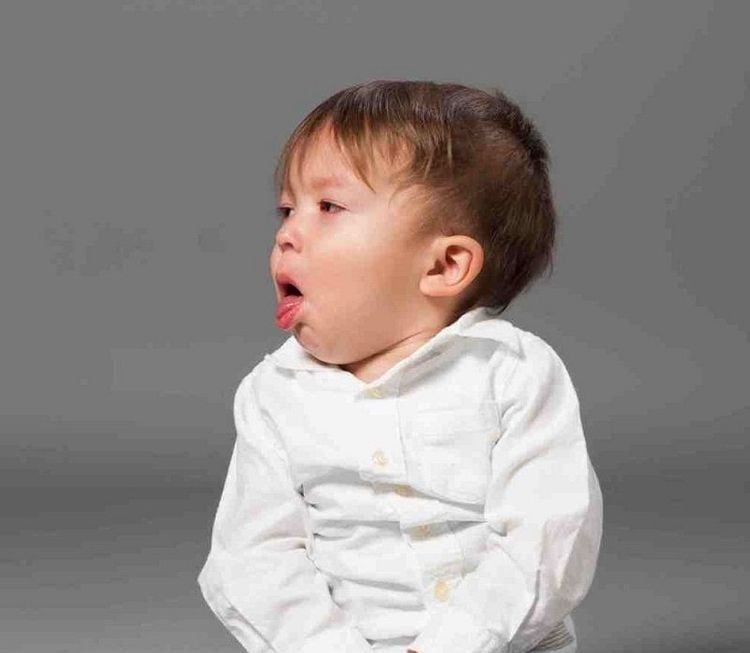
Hen phế quản gây ra các cơn ho ở trẻ
Asthma is incurable and will follow the patient for life. Even if a person feels well and doesn't show any symptoms, the airways can still become inflamed and shortness of breath will return when the trigger is present. However, with the right treatment, asthma attacks can be more stable and children with the disease can lead normal lives.
2. Causes of bronchial asthma in children
Currently, the exact cause of asthma in children is still unknown, but most experts believe that there are two main risk factors for the disease:
Allergies have family origins; The patient has been exposed to certain environmental factors: Inhalation of tobacco smoke, viruses, or allergens (pollen, animal dander, mold, ...). In addition, the triggers - factors that put people at risk of having a real asthma attack, include:
Changes in weather, humidity, temperature; Smog; Exercising when exercising or children playing too much; Strong emotions, too happy or sad; Active or passive smoking; Cold or viral infection, especially respiratory phagocytosis virus VRS.
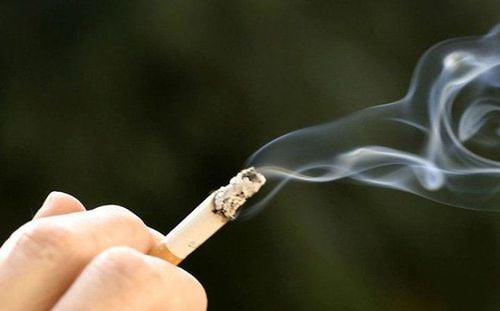
Hít phải khói thuốc lá có thể gây hen phế quản ở trẻ em
3. Prophylaxis of bronchial asthma in children
The crux of asthma is allergic airway inflammation. It is this inflammation that causes asthma attacks to return. If inflammation is not controlled, long-term bronchial wall thickening can lead to irreversible bronchial narrowing and poor response to medication.
Therefore, the aim of asthma prevention in children and treatment is to control the inflammatory process, while reducing the overreaction of the airways to irritants.
3.1. Purpose of Prophylaxis Prevention of asthma in children and scientific treatment will bring clear benefits, not only limiting the number of asthma attacks, but even the patient may not have asthma attacks. again. The purpose of preventive treatment is to help the child:
No longer have asthma symptoms when resting or playing sports; Maintain normal lung function; Reducing cough at night so that you do not have to wake up when sleeping; Control of acute asthma attacks; Minimizing side effects of drugs for acute asthma attacks; Prevent and reduce airway damage. Without prophylaxis, a child may need to be hospitalized with bronchodilators and anti-inflammatory corticosteroids (prednisolone or solumedrol) for 7 to 10 days with each acute asthma attack for 7 to 10 days at high risk, without prophylaxis. cause systemic side effects.
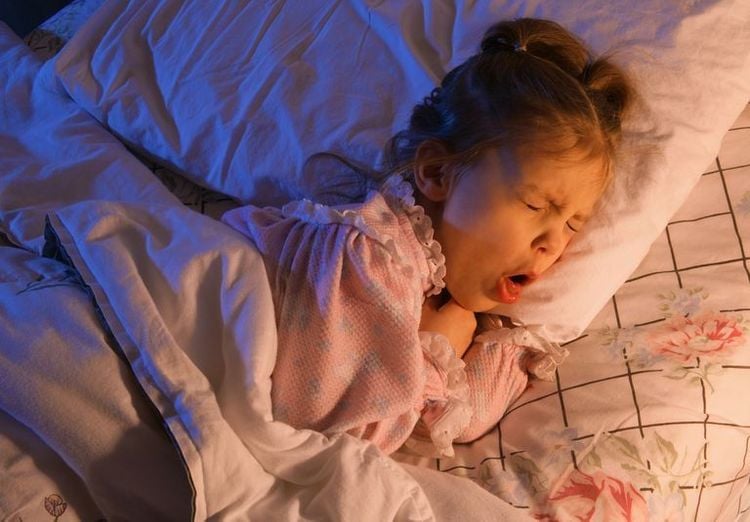
Tình trạng ho về đêm ở trẻ
3.2. Principles of treatment Some principles in the prevention of bronchial asthma in children and their treatment are:
Using drugs to reduce inflammation and relax airway smooth muscle to control symptoms, improve respiratory function; The drug must be taken daily and for a long time; Drugs are selected based on severity of asthma, history in young children, and peak pulmonary output in older children; The drugs commonly used are inhaled corticosteroids, long-acting bronchodilators, or leucotriene antagonists. In which, the age of the patient and the severity of the asthma attack is one of the principles for the development of a preventive treatment regimen for bronchial asthma. Specifically for children younger than 5 years old, the treatment of asthma has some characteristics as follows:
Assessment of the severity of asthma outside of an attack (based on history); Step-by-step treatment is the same as for children over 5 years of age, but without theophylline; Use Montelukast as a leucotriene antagonist.
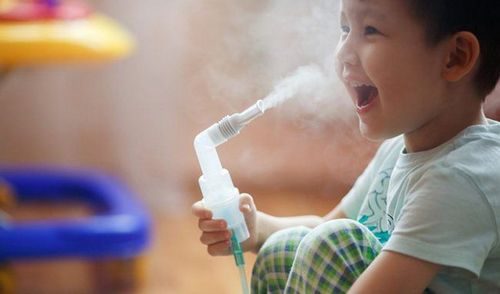
Điều trị hen phế quản ở trẻ em cần theo đúng phác đồ
3.3. Some notes In the process of bronchial asthma prevention in children and drug treatment, patients should note:
Prophylaxis with inhaled corticosteroids is the most effective treatment for bronchial asthma; Medicines need to be taken daily, as prescribed by the doctor, depending on the severity of the asthma attack; The assessment of disease status will be based on clinical and pulmonary function measurements - peak output; Do not arbitrarily stop taking preventive medicine when the symptoms disappear; Do not use antibiotics in the treatment of bronchial asthma, except in cases of bacterial infection. In addition to prophylactic and bronchodilator medication, environmental control and pulmonary function monitoring by peak output measurement are also key components in the prevention of asthma in children and its treatment. .
Childhood asthma is incurable, but it can be controlled if prophylactic treatment with anti-inflammatory drugs (steroids) and long-term bronchodilators is scientifically applied. Asthma treatment regimens are constantly being updated, so parents should only have general information about asthma in children and treatment methods for reference, in addition, they should absolutely follow the doctor's orders. specialist.
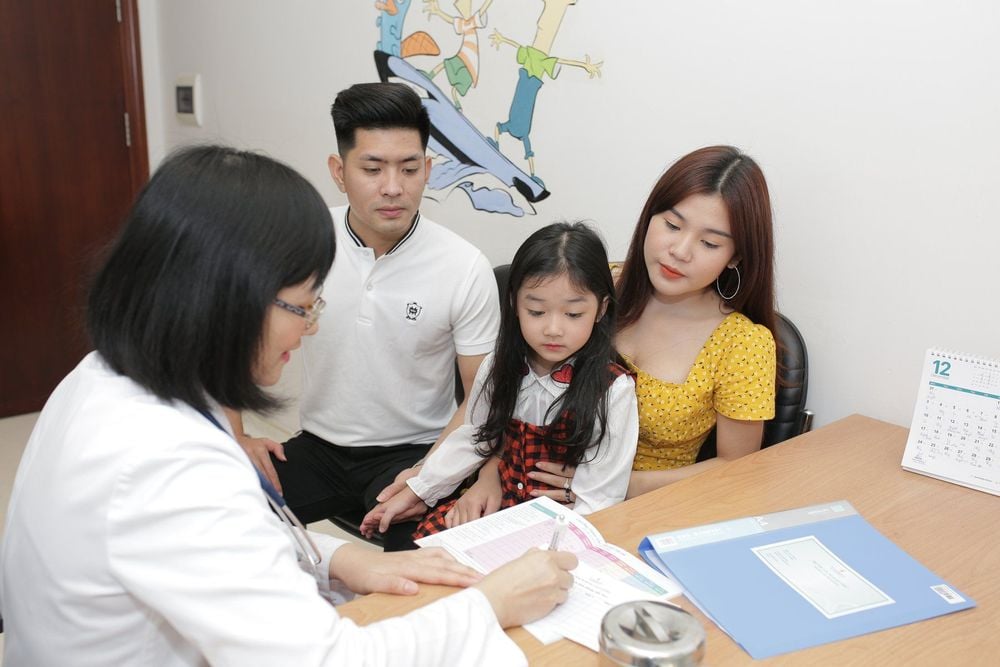
Cha mẹ cần đưa trẻ đến cơ sở y tế ngay khi xuất hiện triệu chứng bất thường
Pediatrics department at Vinmec International General Hospital is the address for receiving and examining diseases that infants and young children are susceptible to: viral fever, bacterial fever, otitis media, pneumonia in children, ... With modern equipment, sterile space, minimizing the impact as well as the risk of disease spread. Along with that is the dedication from the doctors with professional experience with pediatric patients, making the examination no longer a concern of the parents.
Customers can directly go to Vinmec Health system nationwide to visit or contact the hotline here for support.
MORE:
Asthma: Causes, symptoms, diagnosis and treatment Instructions for use of metered dose inhalers in children Asthma symptoms in children




